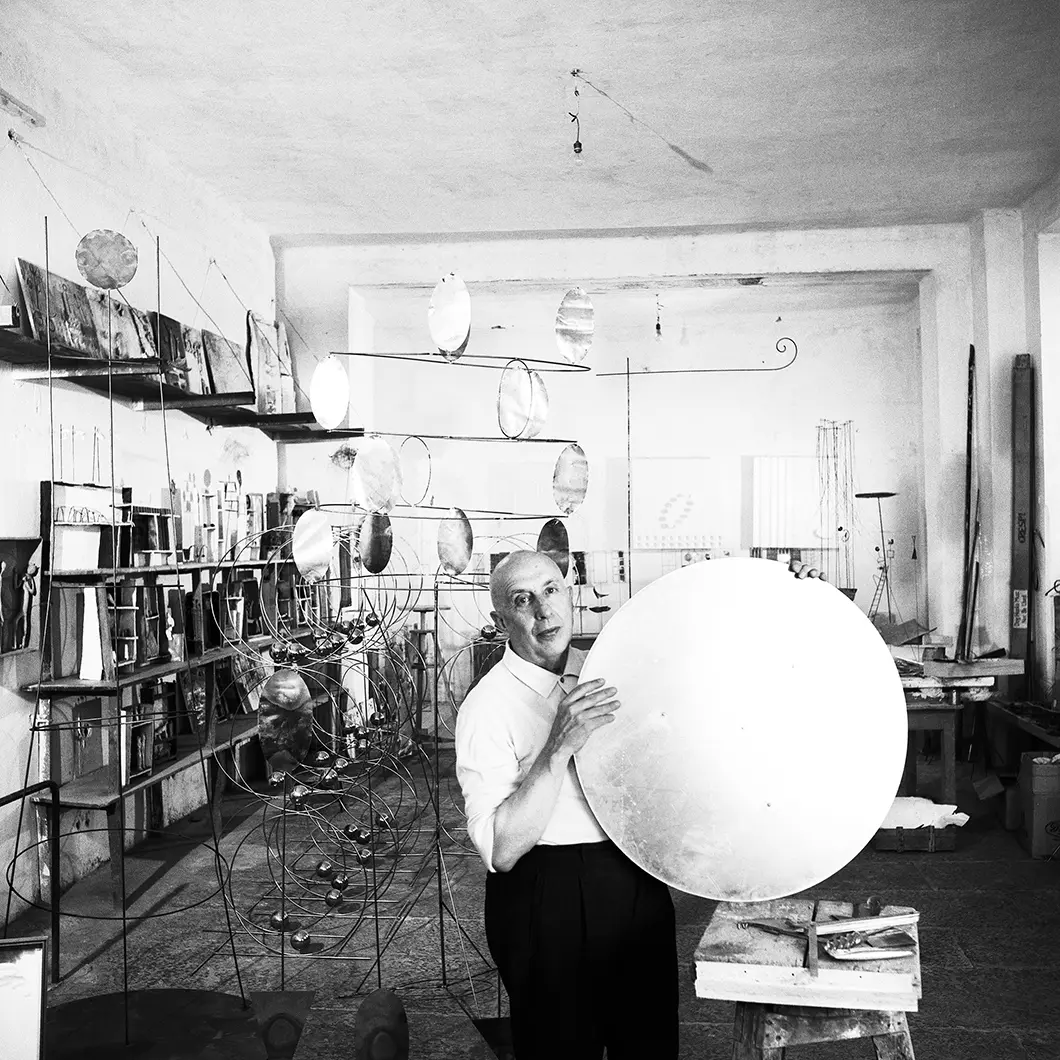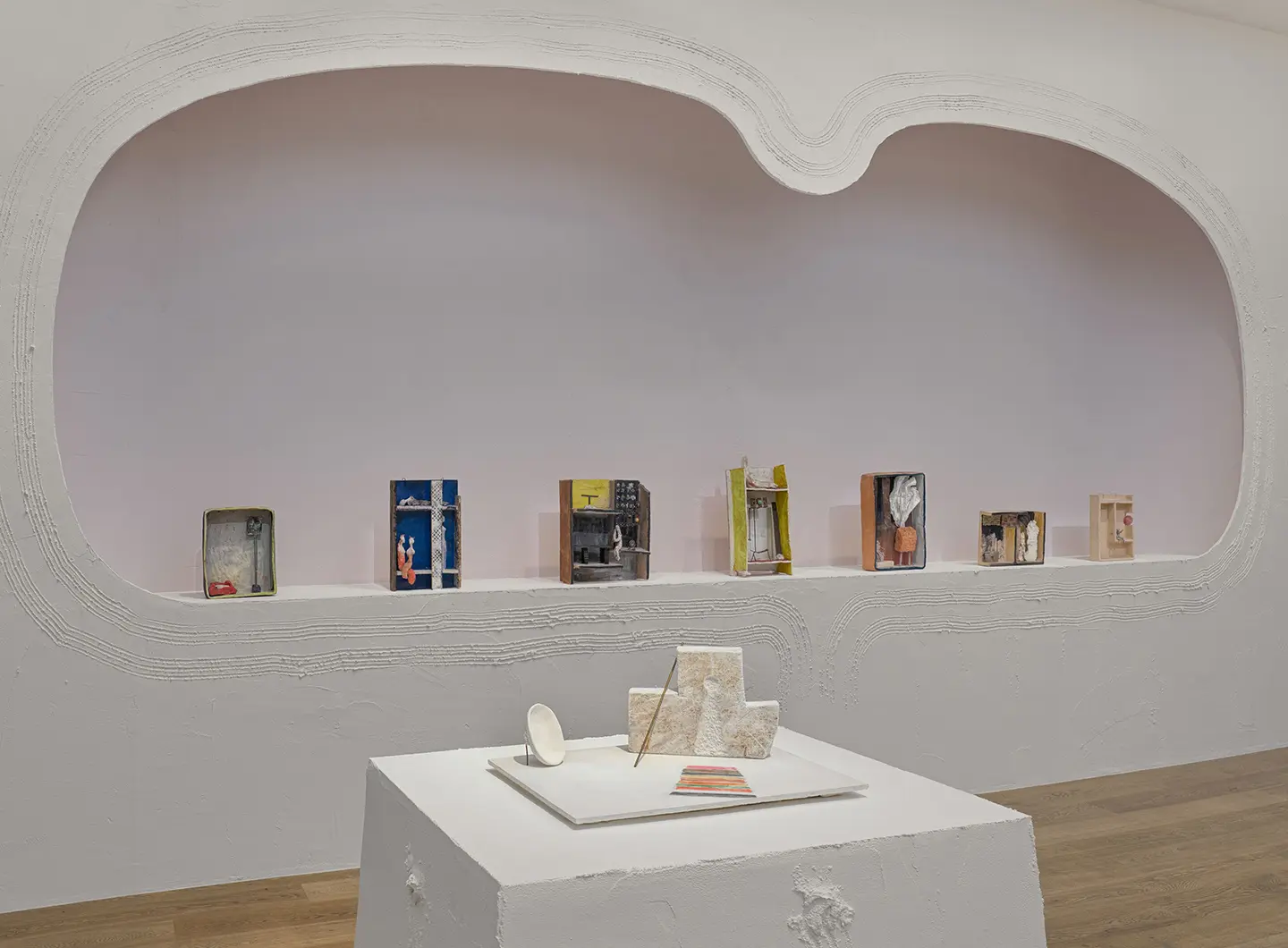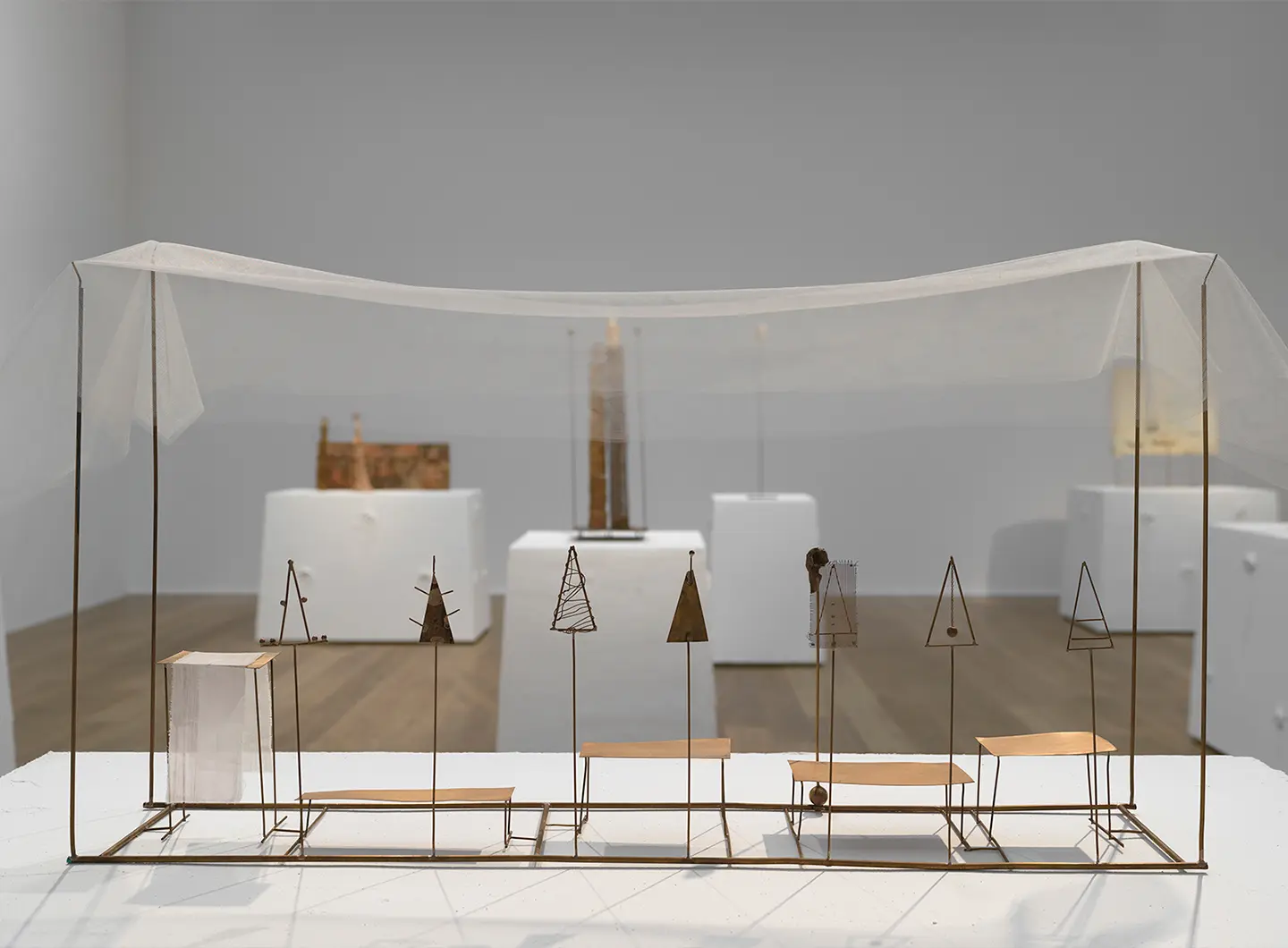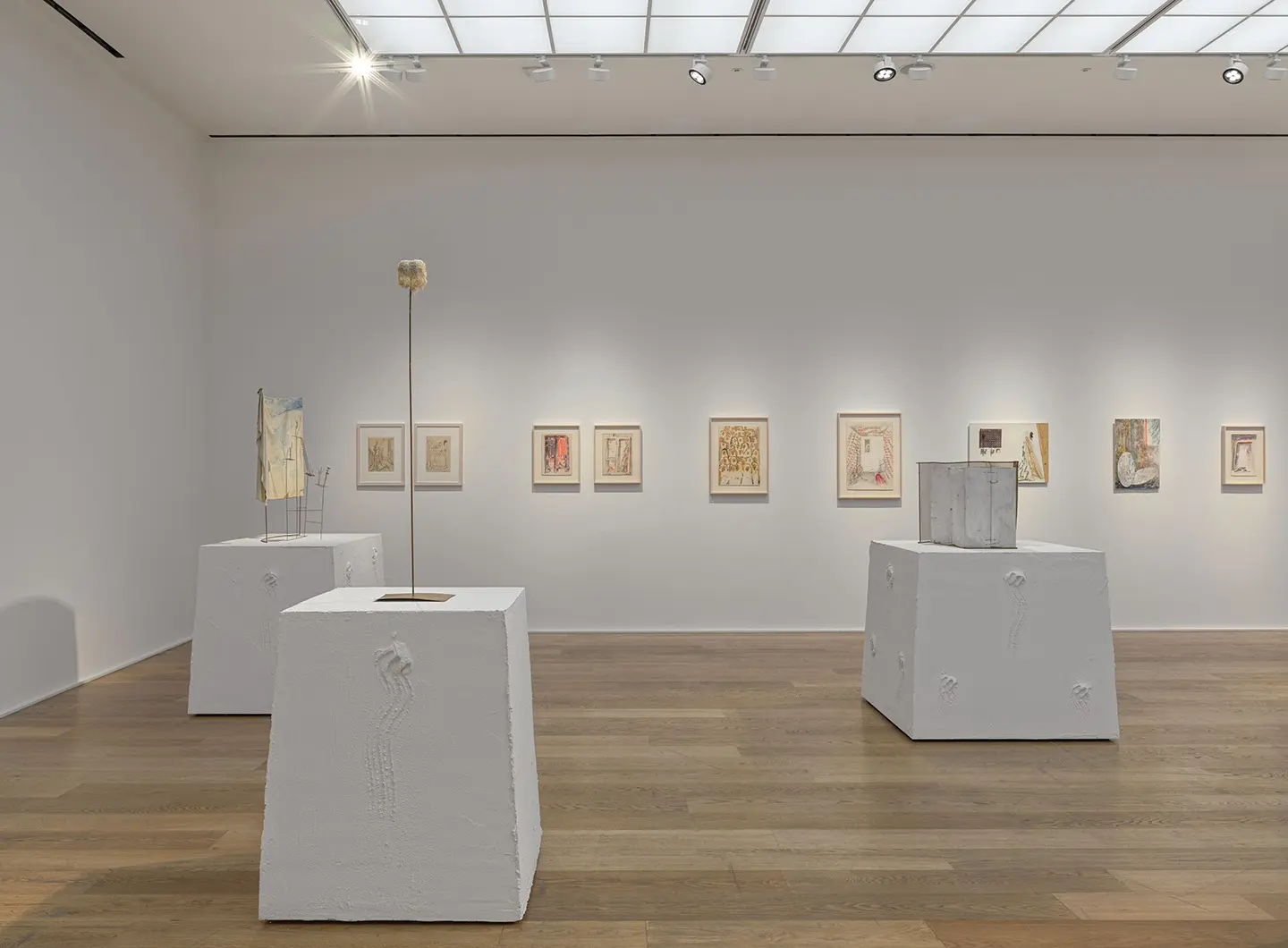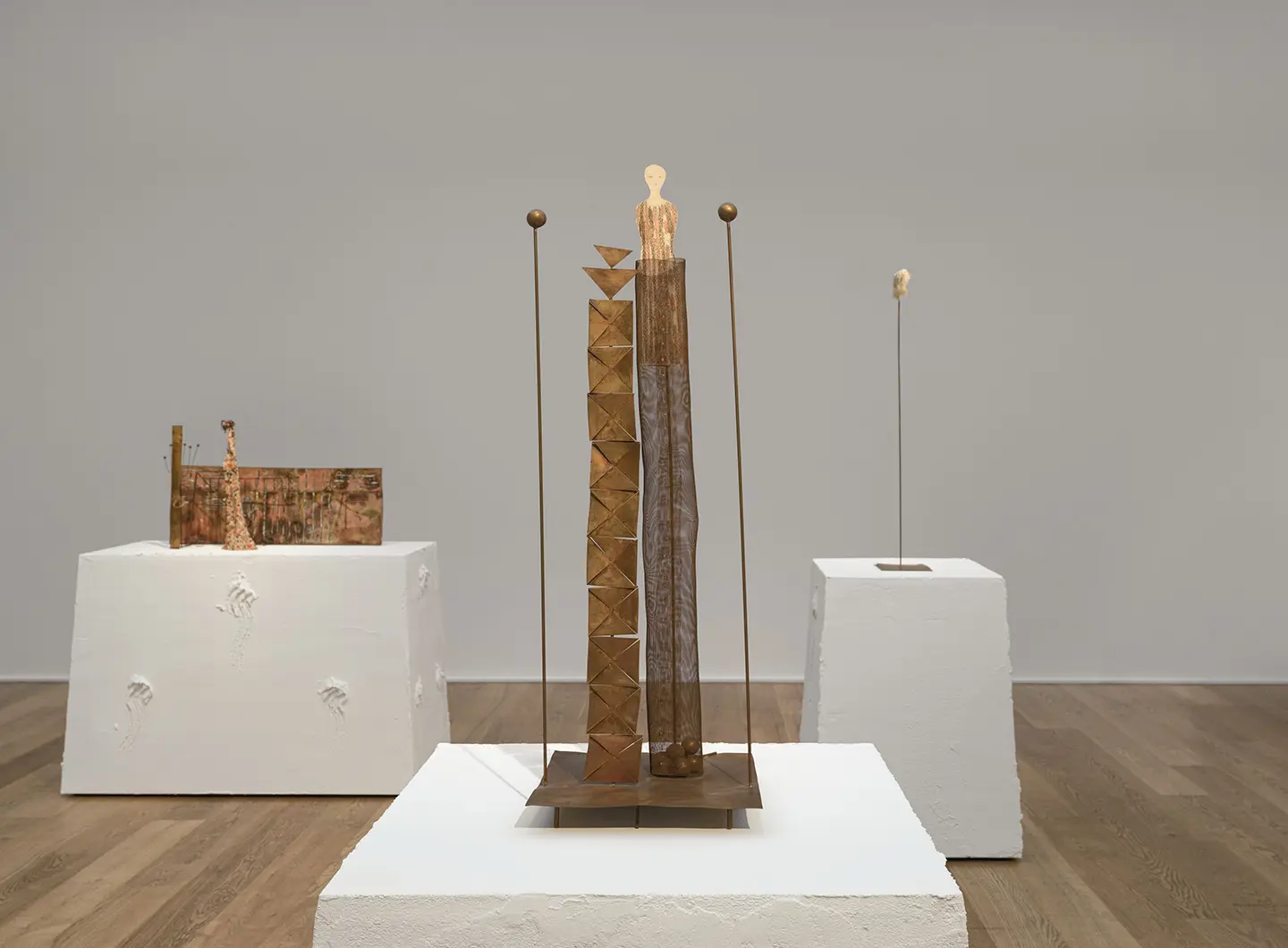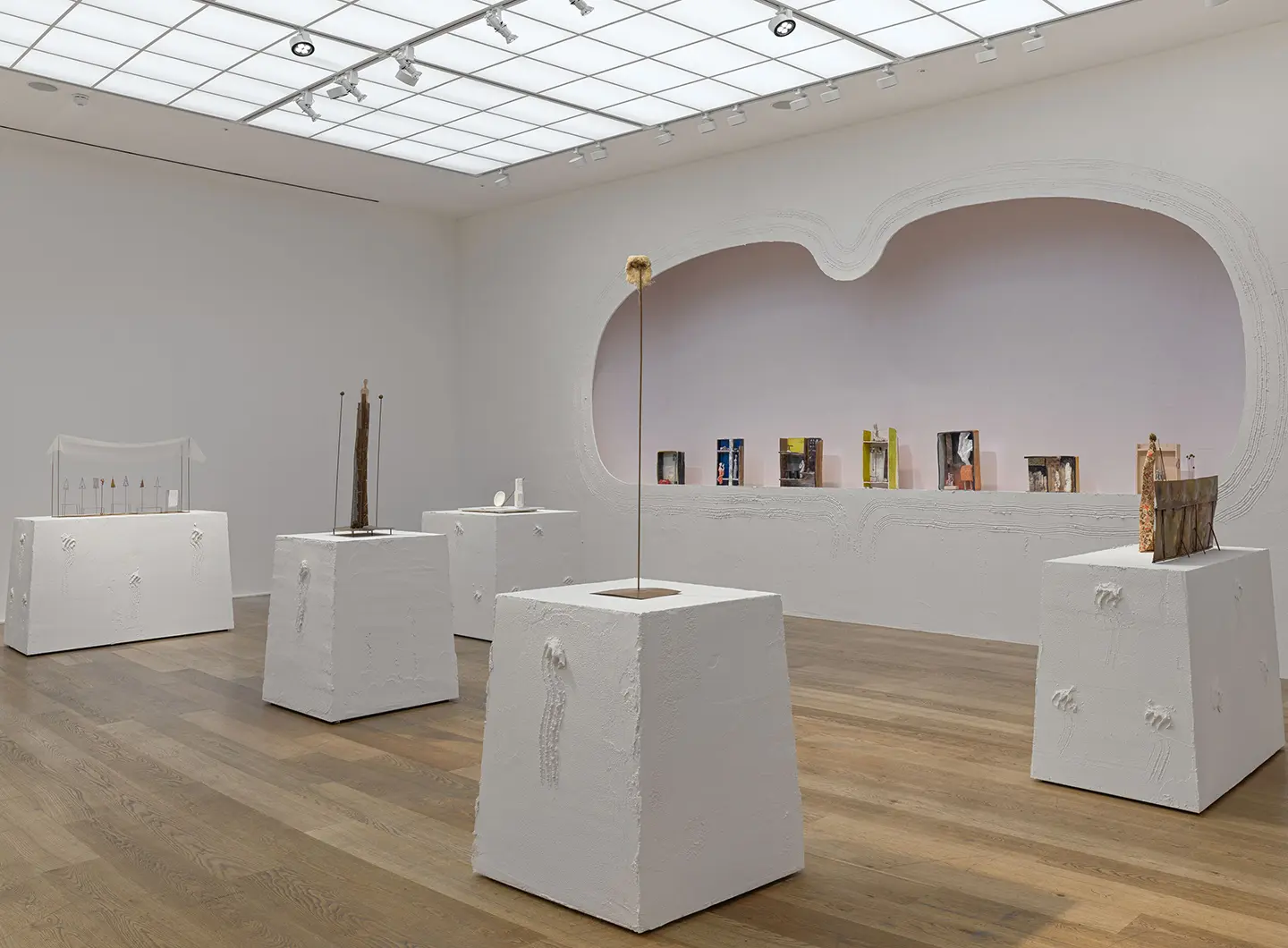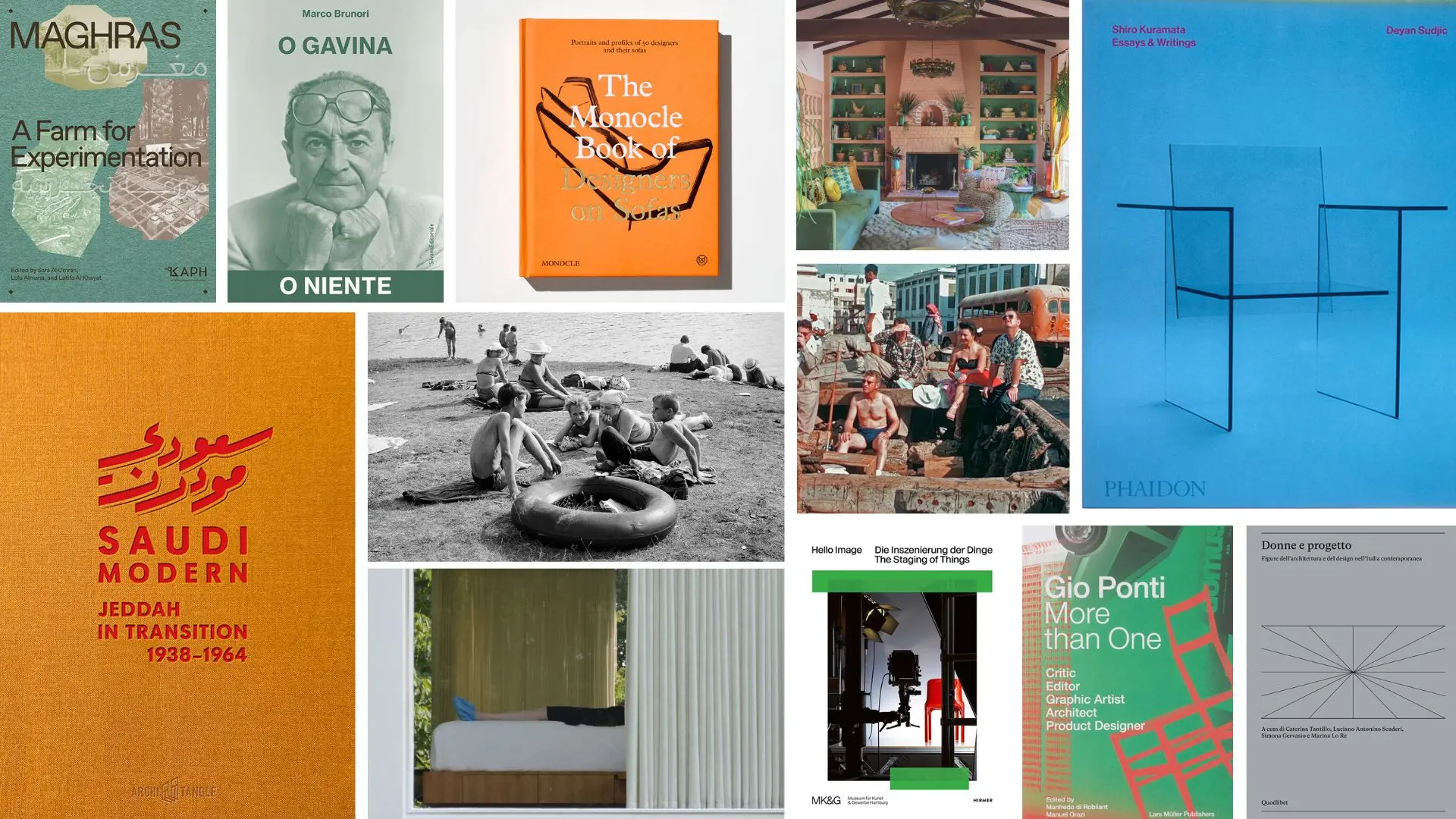A journey through women’s interior design, three iconic monographs and the links between design, photography and marketing, up to the transformation of Jeddah, social innovation and a reportage by Branzi and... 50 designers on the sofa
Fausto Melotti’s domestic theatres on show in London
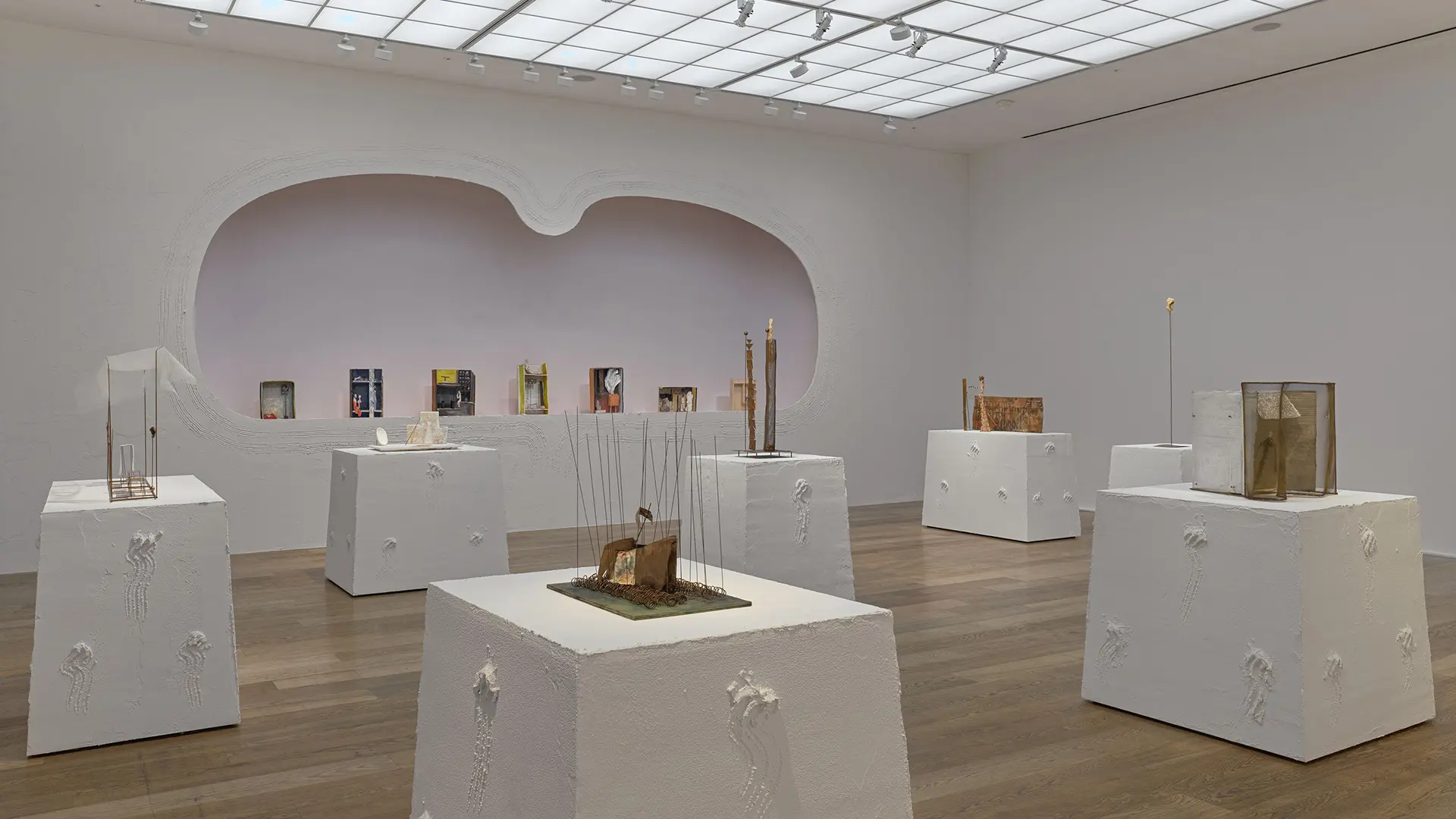
Fausto Melotti, Theatre, installation view © Hauser & Wirth
Small worlds, enclosed in little theatres that are as ephemeral as they are eternal, custodians of endless mise en scènes and portrayals. Fausto Melotti produced these works devoted to the world of theatre from the 1930s to the end of his career, now brought together in an exquisite exhibition at Hauser & Wirth
Hauser & Wirth’s London gallery is devoting a solo show to Fausto Melotti and his “little theatres.” The fact that he is a global protagonist of 20th century sculpture, a standard-bearer for Italian art, not least given the huge amount of work he put into theory and writing, is downplayed, however. Deep down, his research, his rigour, the huge amount of reflection devoted to the very meaning of sculpture and material, his constant reflection on weight and lightness have gained appreciation, albeit retrospectively.
It wasn’t quite such a given merely a decade ago, but now, 36 years after his death, Melotti’s (1906-1986) imprint is more alive than ever. Obviously those familiar with a quintessential city such as Milan, where his hallmarks continue to flourish, are aware of it. Born in Rovereto, Melotti became an honorary Milanese – it was here that he took his degree in Electrical Engineering at the Polytechnic University of Milan, here that he came back to study under the symbolist sculptor Adolfo Wildt, in Brera. It was in this city that he lived and died, leaving traces pretty much everywhere, mostly inconspicuously, rather as a vibration constantly resonating in the design, architecture, and art of so many different authors, and even in fashion. Sometimes his forms become manifest, crystallised in monumental works now incorporated into the municipal display – such as the various versions of the sculptural group The Seven Sages (1961-1981) and his abstract The Sequence (1981) which welcomes visitors into the space outside Hangar Bicocca like an extraordinary theatrical backdrop.
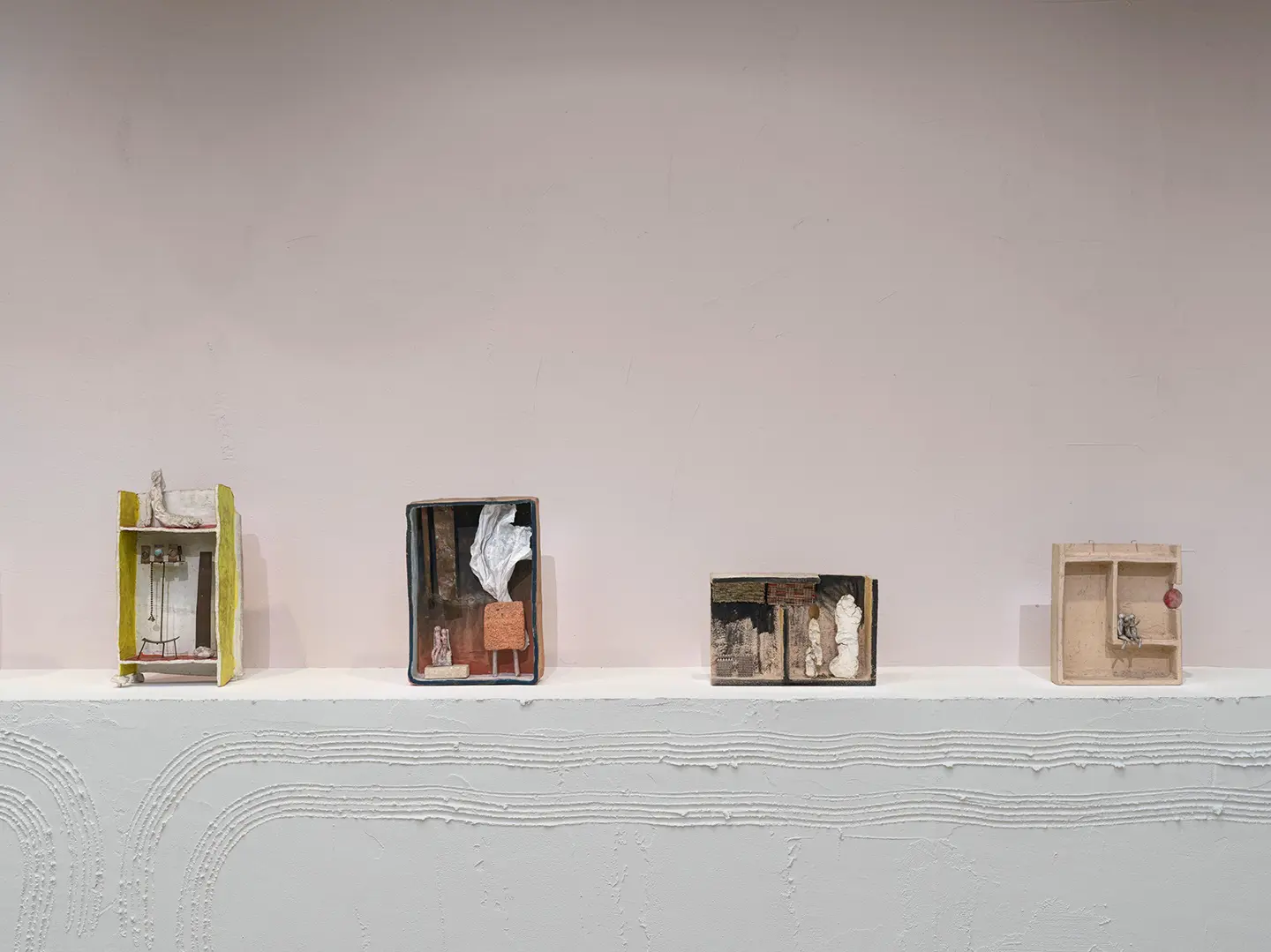
Fausto Melotti, Theatre, installation view © Hauser & Wirth
Theatrical – there you have it. The internationally renowned writer and curator Saim Demircan came up with the idea for this stunning exhibition at the London headquarters of Hauser & Wirth, designed to further explore this particular strand of the great sculptor and intellectual’s theatre-related output, with a selection of ceramics, sculptures, and works on paper tracing 50 years of Melotti’s career. His early work was figurative, his experience similar to that of his friend Lucio Fontana, and after experimenting with drawing in the early 1930s, he began to concentrate on sculpture, tending towards geometric abstraction but always with a suggestion of poetic tension in his abstract expression. While the regime was in force, Melotti refused all forms of officialdom for many long years, eschewing the monumental and propagandistic approach adopted by many sculptors at that time, preferring to concentrate on ceramics, painting canvases and embarking on his series of “theatres” around the mid 1930s. The idealised space of the theatre also offered mental respite from the devastation of the Second World War, leaving room to reflect and process what had happened. It was inside these little jewel boxes that the artist could put the harmonious Renaissance ideals into practice and calibrate compositions that became increasingly ethereal and akin to musical scores over the years.
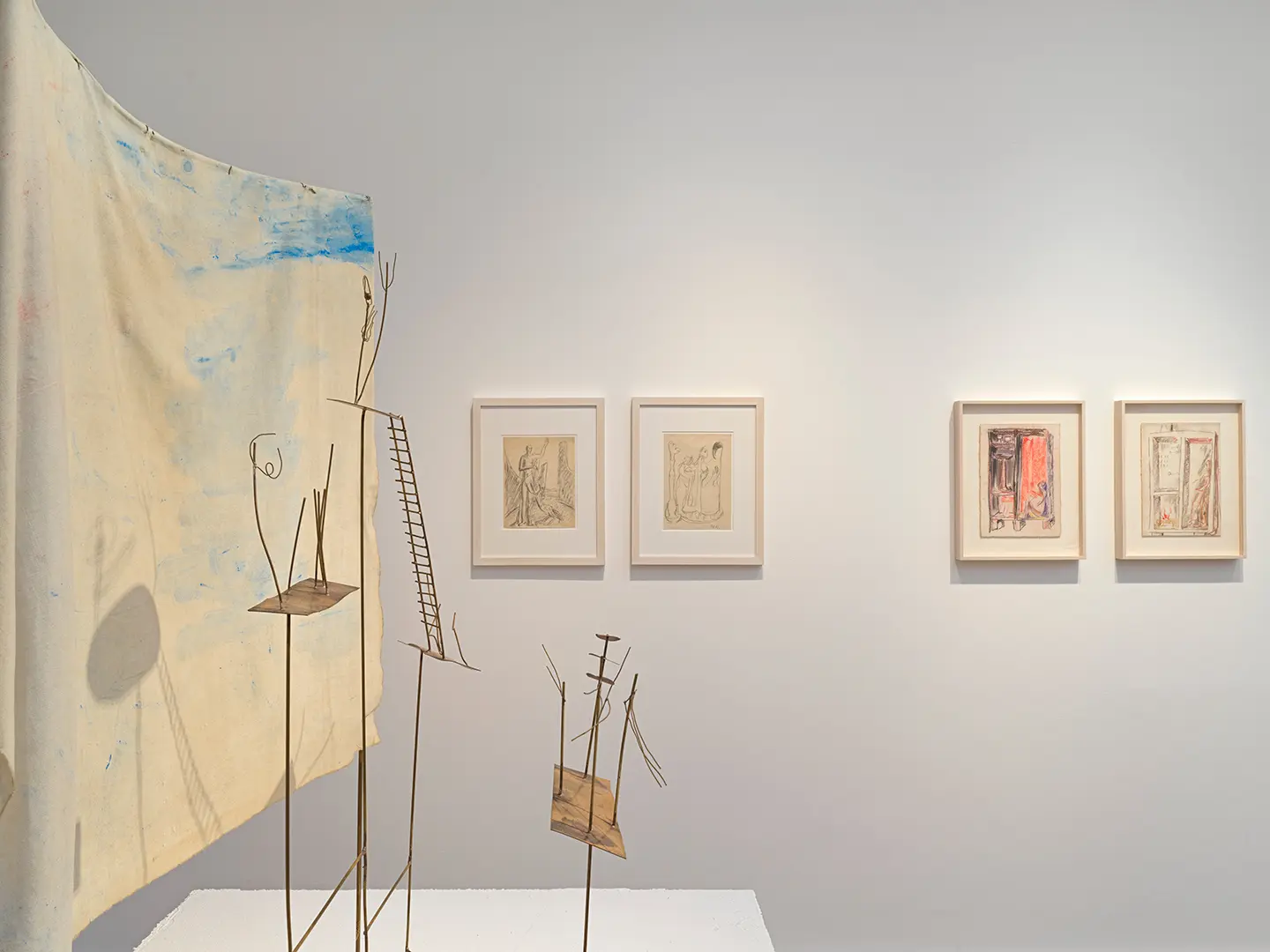
Fausto Melotti, Theatre, installation view © Hauser & Wirth
The curator and Hauser & Wirth conceived the South Gallery in the manner of a stage on which a selection of these little theatres could be exhibited, in dialogue with sculptural works that bear witness to Melotti’s constant feeling for dramaturgical themes and figures, and the narrative and allegorical aspects of theatre.
Visitors cannot fail to notice that some of the selected works have material qualities and spatial elements in common with set design, as evidenced in works such as Ifigenia (Iphigenia) (1978) and The Shadow of the Soul (1984). Or indeed how the text that has inspired them with its figures and narratives is directly evoked by the tiny anthropomorphic and figurative elements, as in the Violated Tabernacle (1980) and The Step of the Gipsy (1983) or works that refer to the great tradition of theatrical protagonists, such as After Shakespeare (1977) and Madame X (1982). Even after all this time, the total freedom in the use of each material is striking, from the metallic thread to the terracotta, from the cardboard to the painted fabric, all employed with the greatest formal economy, yet still harnessing the maximum powers of expression.
Fausto Melotti began working on real theatre sets during the 1980s, when he not only produced scenery but also costumes for various productions, went on doing so right until the end of his career, closing a circle and concluding a path embarked upon many years previously involving lengthy experimentation with these little, yet powerful, domestic theatres.
The installation of the exhibition is a specific and interpretative project in its own right, designed in collaboration with the artist and ceramist Aaron Angell (London, 1987), who created the elegant sculptural pedestals for each of Melotti’s works, and a minimalist yet theatrical wall/frame on which to display the little theatres one after the other, like actors acknowledging their audience.
On until 20th April 2022,
Hauser & Wirth
London


 Salone Selection
Salone Selection
